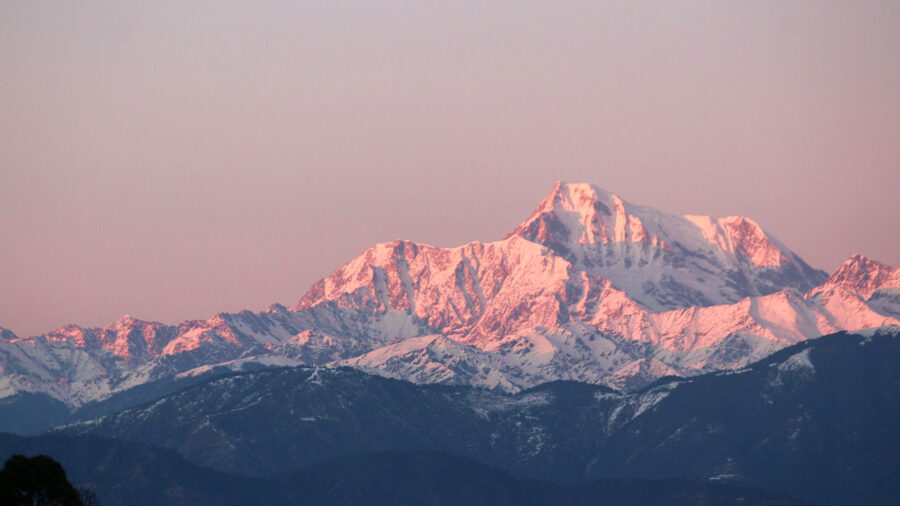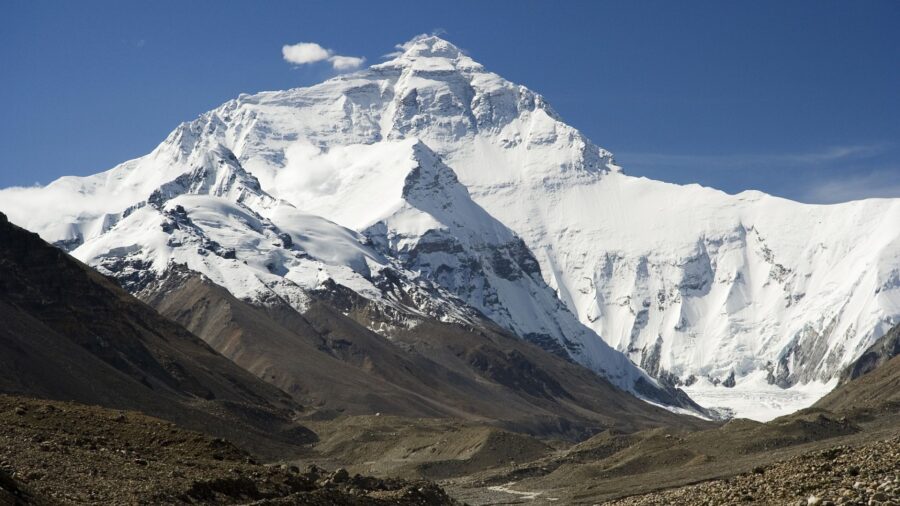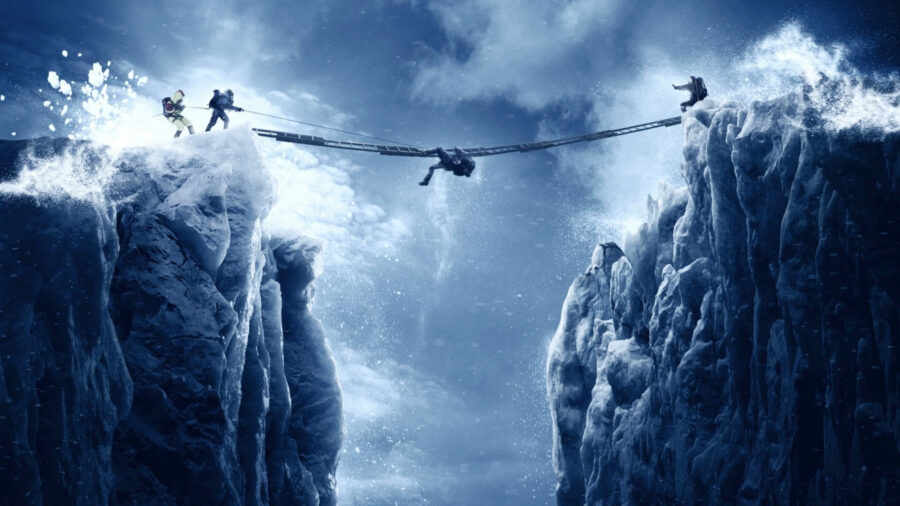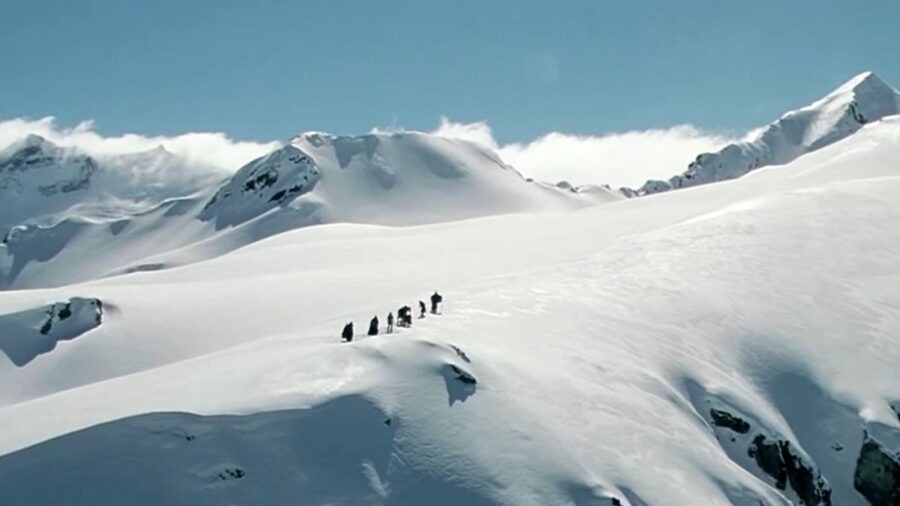Mount Everest Growing Every Year Thanks To Strange Geological Quirk Miles Away

According to a scientific journal published in Nature.com, Mount Everest’s highest peak has recently risen by more than 164 feet, shattering its own previous record for tallest mountain in our world. While this discovery is quite strange, the explanation is even stranger, as it seems to relate to a change in activity from the Arun River, which is situated over 46 miles from the base of the mountain. The pattern of activity is apparently responsible for Everest growing at a rate of 0.08 inches each year, with no sign of slowing or stopping in the near future.
The River That Makes Everest Perpetually Grow

For those confused about how all this is possible, it seems that the science of Mount Everest’s rise dates back to a river “capturing” event that occurred 89,000 years ago. According to researchers, this is when the Arun was first ensnared by the much larger Kosi River, turning the former into a tributary of the latter.
In doing so, water flow patterns through the Himalayans have caused the Arun to make a dramatic 90 degree turn, flowing in an odd L shape, instead of a natural branching shape. This L-shaped flow pattern has eroded at the base of the Himalayas, creating a massive gorge that gives Everest a few extra millimeters with each passing year.
Will Continue Rising

Naturally, the Arun River will eventually straighten out its flow, and the gorge formed by its erosion will stop increasing by such a dramatic margin. Still, scientists claim that there’s no immediate end to the erosion in sight, meaning Mount Everest will continue to be a bit taller each year.
Setting New Records

For an explorers perspective, this means that the Mount Everest of today is technically a higher peak than it was 30 years ago, so each new person to traverse the treacherous heights of the famous trekking destination can claim mountaineering supremacy over the explorers of yesteryear.
Scientisists Still Stumped

Earth Sciences researcher Adam Smith, who co-authored the study, has explained that the biggest mystery currently facing the Mount Everest situation is what caused the Arun to be captured by the Kosi in the first place.
For now, scientists are left scratching their heads, as the event seems mathematically unnatural. Some researchers have suggested that the Kosi began eroding backwards due to erosion in other sections of its tributaries, while others have argued that the capturing was simply the result of both rivers being flooded out by a nearby glacier melt during the final days of a previous ice age.
Climbing Mount Everest

As far as Smith and company are concerned, these possibilities are equally likely, though there are still many other factors to consider. The University College London alumni has explained that uncovering the cause of the Arun’s capture can help to narrow down the exact year that Mount Everest began to see exponential growth from the riverbed’s erosion, so getting to the bottom of this mystery is still a high priority.
While this development may sound extremely fascinating, it poses no direct impact on those looking to scale Mount Everest, as the difference of 164 feet is fairly negligible once you’re hitting heights of over 29,000 feet overall.
Source: Nature.com













You must log in to post a comment